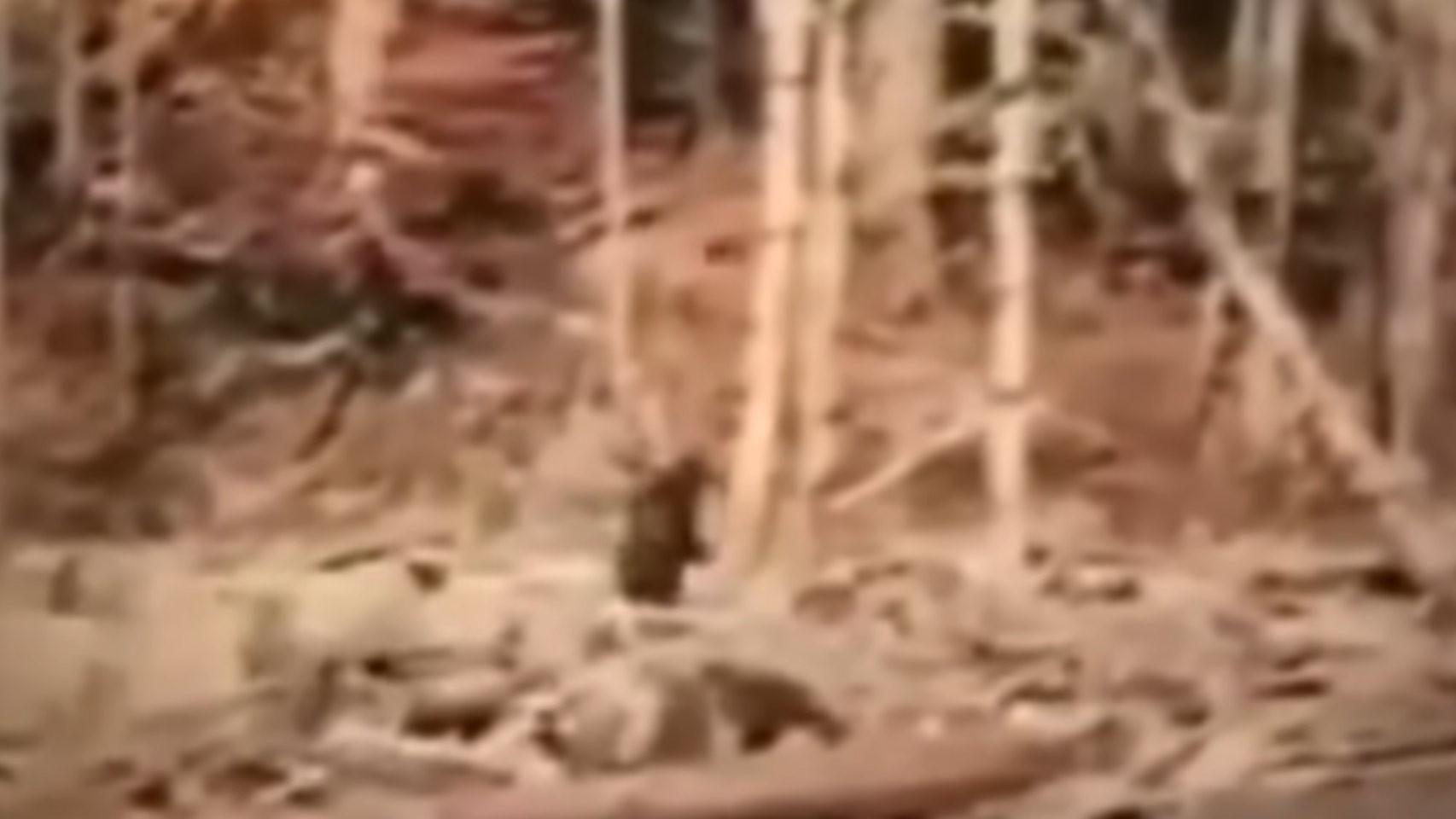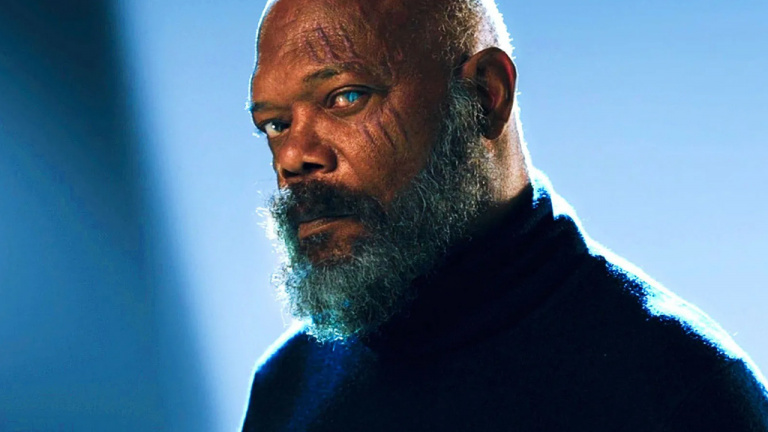Artificial intelligence can be of great help in our daily lives, as demonstrated by ChatGPT and implementations such as Bing Chat, which allow us to obtain answers and generate text to our liking. We can’t forget AIs to create realistic images of course.
[Esta IA ha sido creada con el propósito de destruir a la humanidad]
But AI is not only used to create content, it can also be used to improve what already exists. In particular, great strides have been made in recent years in the restoration of analog video, recorded decades ago, but which may now appear to have been recorded today. It is this technology that has now been used to solve once and for all whether the infamous Bigfoot that was said to have been recorded 56 years ago really existed.
An AI against Bigfoot
Bigfoot is one of the most fascinating creatures in modern fantasy, due to the sheer number of people who claim to have encountered him. only extraterrestrials and their UFOs can boast of being more popular.
Although the myth of a giant ape, halfway between a human and a gorilla, is centuries old, it wasn’t until the mid-20th century that it was given the descriptive name Bigfoot (big feet) ; and it wasn’t until the famous tape recorded by Roger Patterson and Robert Gimlin in 1967 that it really found its way into popular mythology. It is probably the most influential recording in paranormal history and has been referenced many times. It was also the tape that sparked a “craze” for Bigfoot, and since its release sightings of the creature have multiplied.
The original images of Bigfoot barely showed anything of the alleged creature.
A simple study of the famous recording is enough to realize that it is not what it seems; however, we are talking about a very blurry recording, full of tremors and movements that make it difficult to see the animal clearly? This is precisely why the tape has become so popular, because at no point does it show exactly what is happening and it helps our brain fill in the rest with imagination. It’s a trick that horror movies use to lend credibility to what’s happening on screen; once you’ve seen it all in good lighting and a steady camera, it really isn’t too scary.
It is therefore an ideal video to demonstrate the potential of AI, as posted by expert Rowan Cheung on Twitter. Using machine vision and stabilization algorithms, he was able to create a much sharper and more stable video showing what really happened that day in Bluff Creek, Iowa.
Experts have used AI and computer vision to stabilize viral footage from the 1967 Patterson-Gimlin film Bigfoot. pic.twitter.com/5b8NYpBQ31
— Rowan Cheung (@rowancheung) March 30, 2023
And what it shows is… a person in a gorilla costume walking around. It’s something we already knew, of course, but it’s incredibly clear in this AI-enhanced video. The movements are those of a human being, and the strange fur is actually a cheap King Kong costume.
While it was clear that this conclusion was going to be reached, the important thing is that it shows that AI can greatly improve videos recorded decades ago or stored in poor conditions.
You may be interested
Follow the topics that interest you









